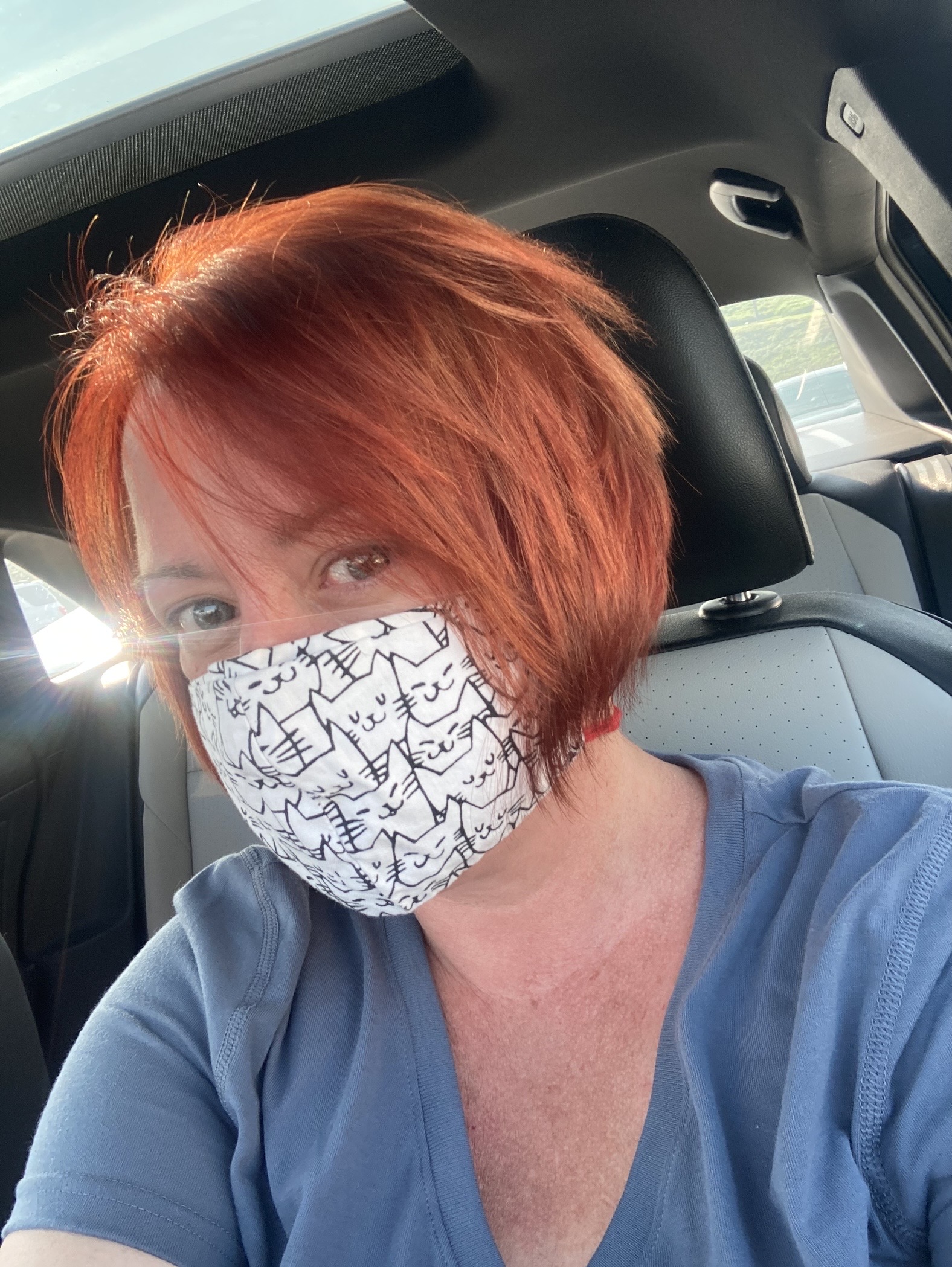Michael Hallett, a professor of criminology at the University of North Florida who studied the effects of “Cops,” said he viewed the NYPD’s forays into social media as a natural response to a digital media ecosystem that rewards speed and sensationalism.
The proliferation of body-camera footage and, increasingly, drones, have made it easy for police to create their own reality series, free of delays imposed by the TV gear and network schedules, he said.
“They now have a proactive and sophisticated messaging system that is designed and intended to deliver messages on behalf of the police agenda,” Hallett added. “In the negotiation for control of the message, that gives them the upper hand.”
“We want to go on social media and push back on the misinformation that’s out there,” Tarik Sheppard, the NYPD’s top spokesperson, said in an interview. “Because if we don’t, it could cause damage to the reputation of our cops and the work that we’re doing.”
Having a “top spokesperson” in the first place is part of what’s being criticized, Tarik.
This is the best summary I could come up with:
As a key turns in a jail cell lock, a New York City police deputy appears on screen to announce the arrest of a teenage suspect — not the person seen in the video moments earlier — in a shooting on a Bronx subway platform.
In a post shared on X last week, Chief of Patrol John Chell lashed out at a state judge by name, saying she had released a man he deemed a “predator” who had been accused of stealing a cellphone and carrying drugs.
“It’s a naked form of intimidation against the judiciary, which is dangerous and scary,” said Steven Zeidman, director of the criminal defense clinic at the City University of New York School of Law.
In recent weeks, official NYPD accounts have gone after journalists by name, threatened to “flood” the jails with disruptive protesters, and highlighted instances of low-level transit crime — a push that coincided with a decision by Gov.
An analysis by the Brennan Center for Justice, a think tank at the New York University School of Law, found that very few departments maintain public-facing guidance spelling out how police are making use of the platforms.
The proliferation of body-camera footage and, increasingly, drones, have made it easy for police to create their own reality series, free of delays imposed by the TV gear and network schedules, he said.
The original article contains 1,101 words, the summary contains 227 words. Saved 79%. I’m a bot and I’m open source!
Bad bot. Chief of Patrol John Chell got the name of that judge wrong, as is identified in the next sentence or two.
Yup. We have enough fake news to battle, bad bot makes it worse.





